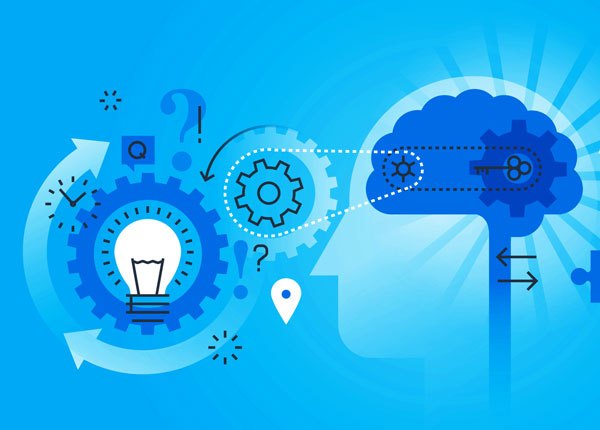
Multitasking While Driving - Not Always A Bad Thing for Safety
Updated Dec. 11, 2020It should be obvious by now that driving usually involves performing several different tasks at any one time. The need to manage a variety of physical and mental tasks while concentrating on the road is what makes driving such a challenge when you first start out. Eventually, the act of driving and all it involves will become second nature.
Even simple driving actions such as shifting gears, checking your mirrors and signaling require a degree of multitasking. All the while you are performing these actions, you must still steer, manage your speed and look out for changing conditions on the roadway ahead. The ability to multitask effectively is not just advantageous to drivers, it is a vital skill.
When is multitasking a bad thing?
Multitasking while driving is often spoken about in a very negative light – and with good cause. Multitasking while driving is a bad thing if you are splitting your focus between driving tasks (such as speed control or hazard perception) and non-driving tasks (like checking messages on your cell phone or chatting to a passenger).
Engaging in any non-essential action while operating a vehicle is dangerous and will increase your chances of being involved in a crash. Remember that motor vehicles can be deadly weapons in the wrong hands. We discuss what constitutes dangerous multitasking in more detail later, in the “Distracted Driving” section.
Driving actions that demand multitasking
Which driving actions require the motorist to multitask? You may not be aware of it, but you are always multitasking to some degree while in control of a moving vehicle. Driving requires a constant focus on:
- Using the vehicle controls
- Remaining in your lane
- Checking for hazards on the roadway ahead
- Checking for obstructions to your line of sight
- Managing your speed
- Looking out for vulnerable road users such as pedestrians, cyclists, motorcyclists or animal-drawn vehicles
- Interpreting road signs, pavement markings and traffic lights
- The activity around your vehicle
- Maintaining a safe space around your vehicle
- Activating and deactivating signals to communicate with other drivers
- Monitoring the behavior of other drivers on the road
Even this extensive list just barely covers the basic tasks you must juggle while driving. As you can imagine, managing and completing these tasks effectively takes physical fitness and mental clarity. If you are unable to multitask, driving safely is impossible.
When car accidents and collisions occur, one or more of the drivers involved has often failed to multitask well-enough to spot or react to a dangerous situation in time. If you are physically or mentally incapable of multitasking for any reason, it is your responsibility NOT to get behind the wheel.
Driver health and fitness
To drive safely, you must be a good physical and mental condition every time you climb into the driver’s seat. Even very slight physical, mental or emotional problems can have catastrophic consequences, as operating a vehicle always involves managing several different tasks at the same time. For instance:
- 1

A physical impairment caused by illness, tiredness, injury or disability could prevent you from controlling the vehicle properly, maintaining a safe posture, see and react to hazards or stay focused on the task at hand.
- 2

A mental distraction such as talking on your cell phone, reading directions or talking to a passenger, would take mental energy away from essential tasks like scanning the roadway for hazards or maintaining a safe speed.
- 3

An emotional impairment caused by a personal issue that results in anger, anxiety or distress will prevent you from effectively evaluating danger and making rational decisions.
- 4

Intoxication as a result of alcohol or drugs will slow your reaction time and make it harder to manage multiple actions simultaneously.
If you are affected by any of these issues– do not drive. You will endanger yourself and every other road user in the vicinity by doing so.
Avoid driving when unwell
A big part of becoming a safe and responsible driver is learning when not to drive. It pays to remember that while driving, you are operating a heavy, powerful, lethal object and that minor errors made behind the wheel can result in serious injury, destruction and death. Teen drivers are notoriously bad at knowing when not to drive and as such, are far more likely to be involved in crashes and collisions.
Every time you reach for your car keys, ask yourself: “Am I physically, mentally and emotionally prepared for this task?”. If you are at all uncertain about the answer, do not drive. Instead, call a cab, ask a friend to pick you up, use public transport, walk to your destination or simply stay home! Choosing one of these alternatives might seem like an enormous inconvenience when you were intent on driving, but none of these options are as “inconvenient” as being involved in a car crash.




